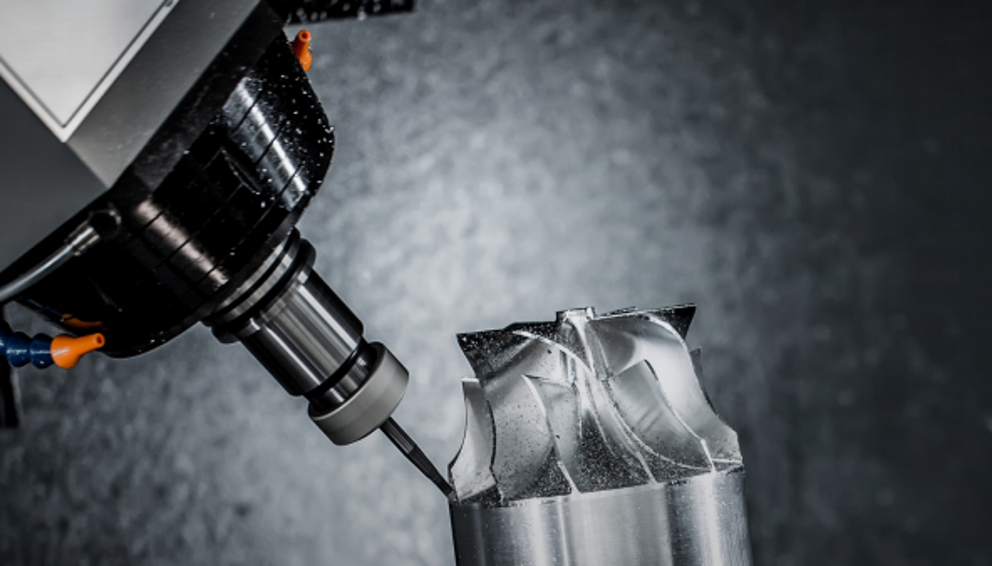A leak from a hydraulic hose spells danger. The highly pressured liquids used in hydraulic systems can pose a significant risk to personnel and property in the workplace, producing spillages that can cause slips and falls, creating a fire danger that could be potentially devastating. Chemical or corrosive liquids can cause life-changing injuries, such as severe burns, damage to eyesight or impaired breathing, and may also be carcinogenic.
Fortunately, leaking hoses are easy to spot, but administering repairs, as well as cleaning up spilled hydraulic fluids, is time-consuming and logistically difficult. Repairing damaged or worn hoses also means taking equipment out of service, affecting production and damaging profitability. As with many problems in industry, prevention – rather than the cure – is the best answer.

Correct Installation Of Hoses
Installing hoses in the way recommended by the machine manufacturer is important, as this will help prevent problems from occurring later. Hoses should always be of the correct length and diameter and be supported using the brackets or hangers supplied, as this will prevent sagging and abrasion.
Where chafing guards are provided, these must be used and replaced if they become defective, as exposure of the hose to sunlight, poor weather or abrasion could cause it to fail prematurely.
Hose Assembly
Correct assembly of hoses and hose ends is vital, as incorrect fitting increases the chance of pressure causing the hose to fail or separate, spilling or spraying the liquid contents which poses risk to anyone in the vicinity.
If you’re assembling hoses yourself, you need confidence that they will operate effectively and safely, without the risk of leakage or rapid deterioration. Gates’ hydraulic components – including hoses, couplings and tube fittings – are designed to be leakproof and resistant, and are extensively tested to guarantee their safety, even at extreme temperatures.
For pressurised hydraulics, screw-type hose clamps are ineffective, so crimping should be used to join hoses. At Hydrastar, we supply the full range of Gates’ crimping machines and equipment, enabling you to assemble the entire hydraulic system safely and with confidence.
Regularly Inspect For Signs Of Wear
Regular inspections of hoses and components will ensure that early problems are identified and remedied before a leak occurs. A damaged outer hose jacket should never be overlooked as corrosion could become established, increasing the chance of the hose failing. Never check for leaks with your hand, however small the leak may be, and avoid trying to remedy a leaking connection by tightening it. The entire system should be drained before repairs are attempted.
Hoses are an integral part of a hydraulic system, so it pays to install the highest grade components to prevent the inconvenient and potentially dangerous leakage of fluids from equipment that could be damaging to your business and your staff. Please get in touch for further information.


